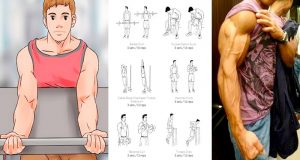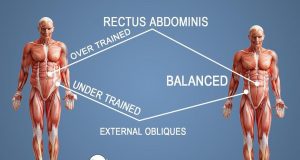Many teams will think about how to orient new team members before they come onboard. However, few will come up with a plan for how to transition members who are switching roles within the team until someone leaves their role or the team. Often this is based on the assumption that everyone knows each other's jobs and the tasks that are required in each role within the team. Unless the team has done cross-training or has defined and documented each role and its task, this is not likely the case. For this reason, it is recommended that besides determining the team guidelines or ground rules that new teams also decide what roles they need carried out by team members. This is a powerful way to begin rotating roles and cross-training. This makes the team more prepared when they are mature enough to start rotation or cross-training of roles.
An easy way for teams to prepare for roles is to give the role a title like timekeeper, team leader, meeting recorder, gatekeeper, and so forth. Then the team should determine what the functions of each role is, restrictions and allowances of power, what materials may be required to carry out the role, team processes each role is responsible for, and how often these roles may rotate after their first installation period . The team may decide to have the first person in the role document these items and track them for accuracy to make future transition and rotation easier.
To make role rotation much easier, the team can develop a power tote for each role that will be transferred from the person currently in the role to the next person to take over the role. Here are some examples of possible power tote ideas.
- If the team leader or facilitator role will facilitate meetings, their tote may consist of a bag or box containing appropriate markers (dry erase or flip chart type) for tracking key items in meetings, meeting agenda planning forms, room set-up checklists, and a pointer for presentation use. Inside the bag or box would also be a laminated card documenting the responsibilities of the team leader.
- For the meeting recorder or minute taker, their power tote may be a team notebook made from a three-ring binder with a pocket or zippered pouch for pens / pencils. The binder should contain dividers for historical records such as past meeting minutes, handouts, copies of presentations, and possibly meeting or team evaluation forms, plus blank minute forms so they are handy in future meetings. If the minutes are kept electronically, then a flat USB drive may also be in the pocket, pouch, or a keychain type on the bonder rings. The drive would contain some historical documents and a template form for minutes. The team notebook would also have a place in it for the document containing a description or the recorder's function and related tasks.
- The timekeeper's tote might be a stopwatch or a whistle on a rope / chain with the requirements of the timekeeper role also attached on a laminated card. If the leader is also responsible for timekeeper role, then add the above or a small timer to their tote.
- For a gatekeeper, the tote could be a clip board with a copy of the team ground rules they are to enforce with a card documenting their role as well. Optionally, if the gatekeeper is a more fun role than that of an enforcer, their tote could be a box with a sticker showing ground rules and containing "yeah" or "oops" chips, cards, or coupons as a way to visually reinforce when a member shows correct behavior or mistakenly breaks a ground rule. This way the gatekeeper does not have to say anything that might interrupt the meeting flow, while still providing a reminder of the desired behaviors.
Use of power totes provides an easy way for teams to prepare for different roles like timekeeper, team leader, meeting recorder, gatekeeper, and whatever else the team feels is appropriate. Once the team determines the functions and processes for each role, power limitations, materials required to successfully carry out each role, and how often the roles will rotate, they can begin to develop the power totes and properly document the role. The team should prepare a power tote for each role and make sure it is transferred in a timely manner when roles are rotated to make the transition process easier on the next person in the new role.
With this process, the team becomes more prepared to start rotation or cross-training of roles once they have matured as a team. A simple planning and documentation process can make orientation of new members and transitioning of roles between team members easier and more likely to be successful. Once the team has established their guidelines or ground rules, they then need to determine their roles to be carried out by various team members and develop the plan for rotation in order to reduce the time required for future cross-training.
NOTE: Reproducible forms for meeting minutes, presentations, checklists, agendas, action items, and evaluations can be found in the book RA! RA! A Meeting Wizard's Approach.
[ad_2] Crossfit Blogger News, Information and Bestselling Products
Crossfit Blogger News, Information and Bestselling Products




